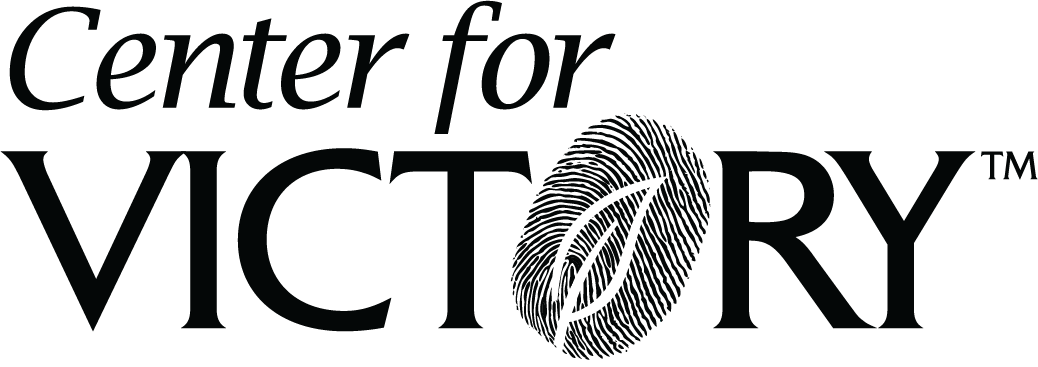
3 Common Hiring Myths
Hiring a new employees is a big decision for a business of any size. That’s partly due to the fact that the average cost-per-hire for companies is $4,129, a SHRM survey finds. There are a number of factors that need to be considered before offering a job to a candidate.
This task can be made even more difficult by all the conflicting advice you may be getting.
Here are 3 common hiring myths you can ignore.
Loyalty is judged by the candidate’s employment history. Bouncing from job to job every couple of years shouldn’t have the stigma it used to, but some hiring managers still raise an eyebrow at a “flaky” candidate who only holds jobs for a short period of time. However, companies should start to be more open to bringing on job hoppers, as these candidates clearly have the initiative to seek new challenges. Loyalty isn’t necessarily about the amount of time spent at a company, but more about the contributions and employee makes.
Candidates without related work experience shouldn’t be considered. Employers tend to favor candidates that have some experience for entry-level jobs, but they should be hiring based on transferrable skills possessed by candidates that match the skills required for success in the position. That includes attributes like critical thinking, time management, effective communication, leadership, etc.
Well-rounded candidates can bring a lot to the table, so considering these candidates, even if they have less experience than others is a good idea. You can teach the skills basic skills of the job, you cannot create natural abilities in your candidates.
Interview answers will tell you everything you need to know about a candidate. A face-to-face interview with a candidate is an important tool to use to evaluate a person’s potential. But that doesn’t mean that a candidate who interviews well is automatically the right fit. The amount of time spent speaking with a candidate is relatively small.
But the truth is, even the best interviewers are prone to be influenced by things that aren’t important in determining a candidates qualifications for a role (appearance, gender, race). The right approach to choosing a new hire includes not only interviews, but assessments and reference checks too. The result is a more balanced view of the candidate, based on both qualitative and quantitative data.
Finding the right person for a position will always be a challenge. But by following smart hiring practices and recognizing a good fit when you find one, you won’t waste you time, or the candidates’, and accidentally pass up a talented person just because of a hiring myth.
Search Posts
Subscribe!
Recent Posts
- Episode 193: Recipes for Success October 15, 2024
- Episode 192: The Power of Positivity and Laughter October 8, 2024
- Episode 191: Once Lost, Finally Found October 1, 2024
- Episode 190: Finding Your Strategic Advantage September 24, 2024
- Episode 189: Transforming Growth from Within September 17, 2024
